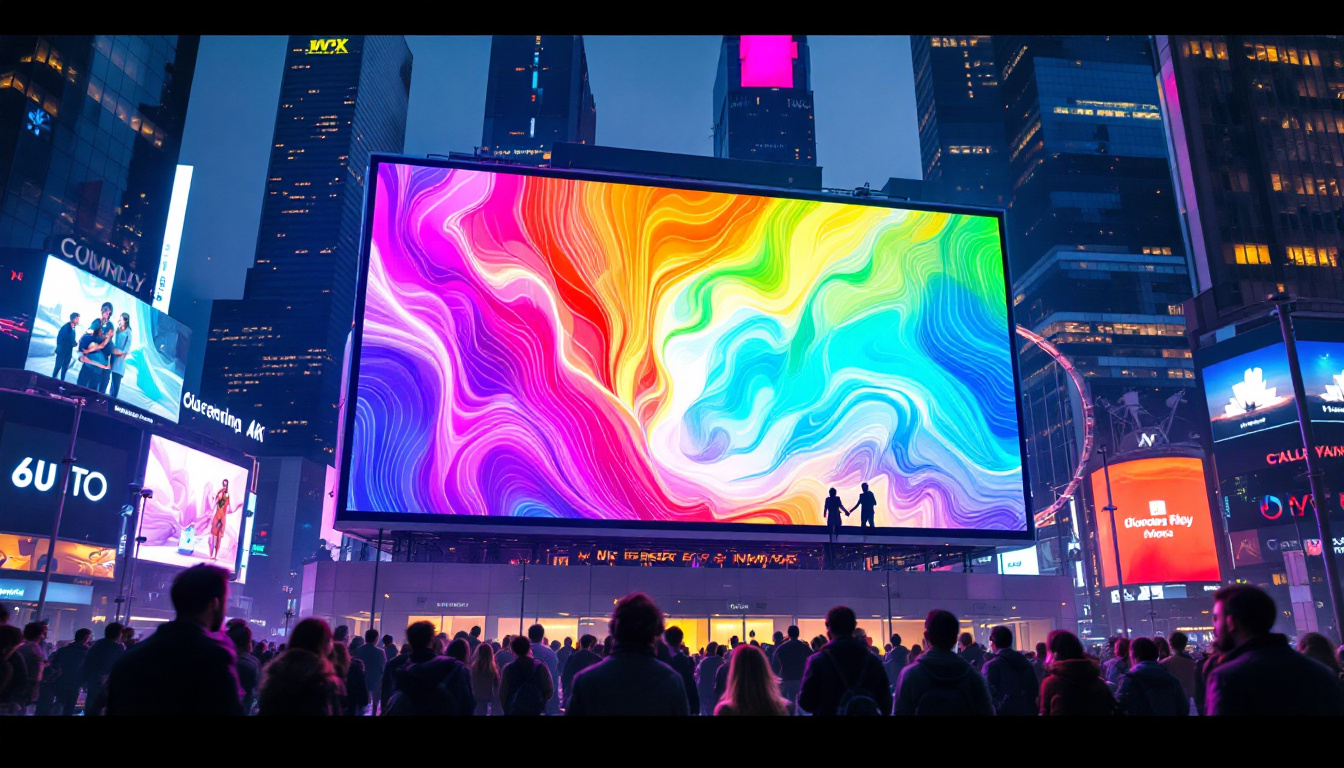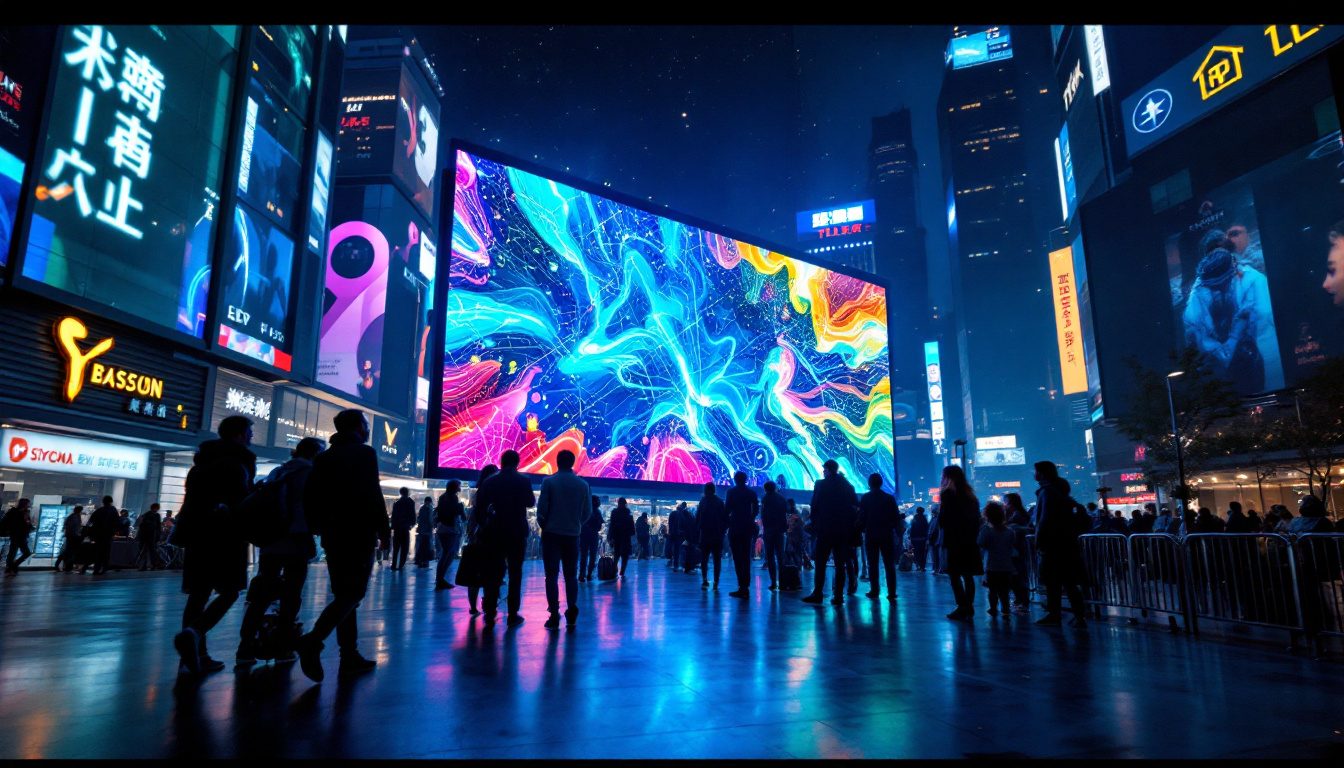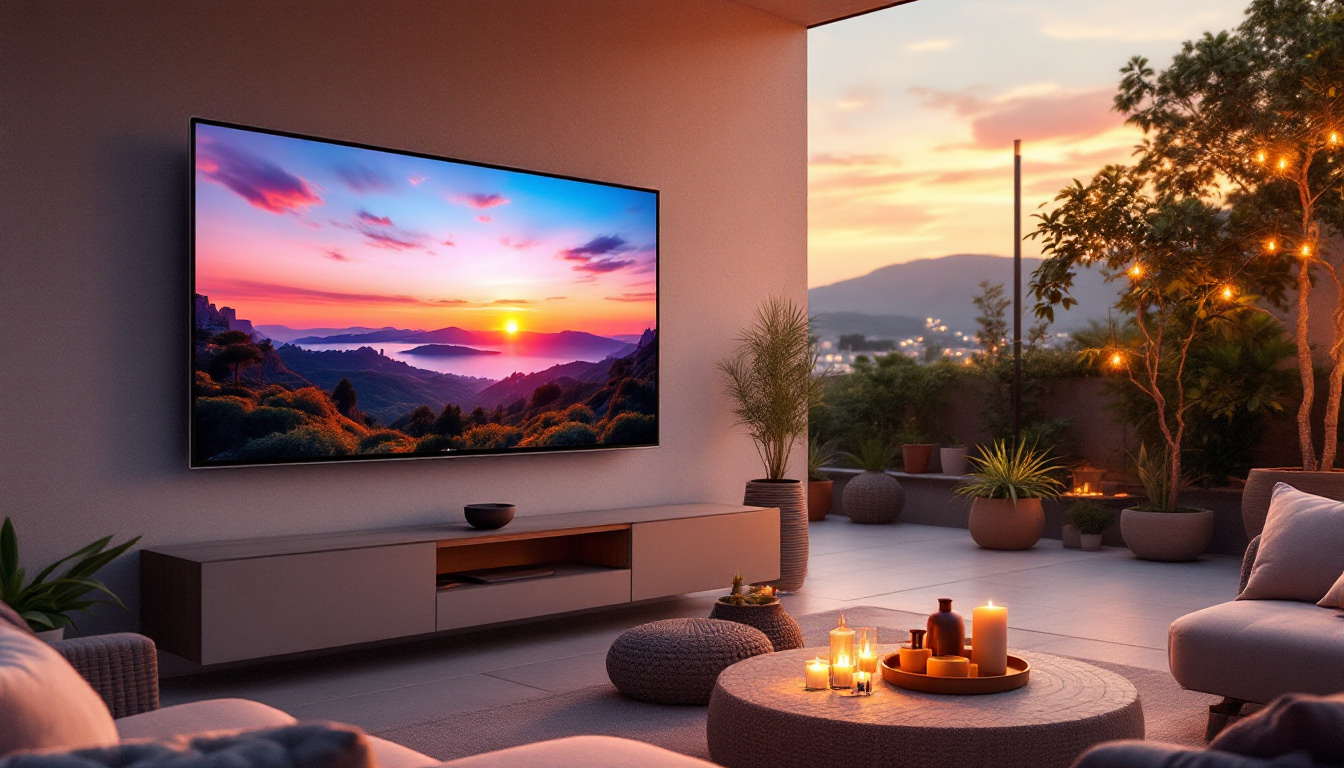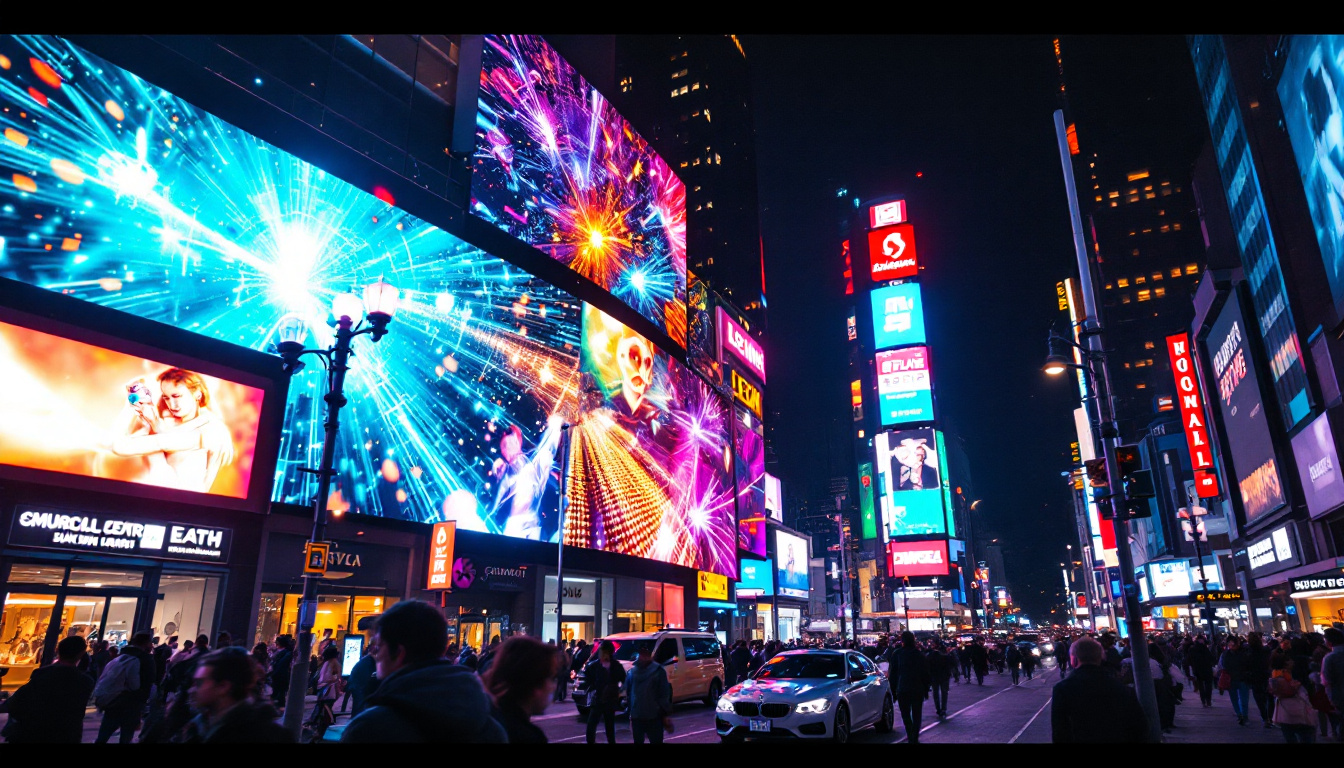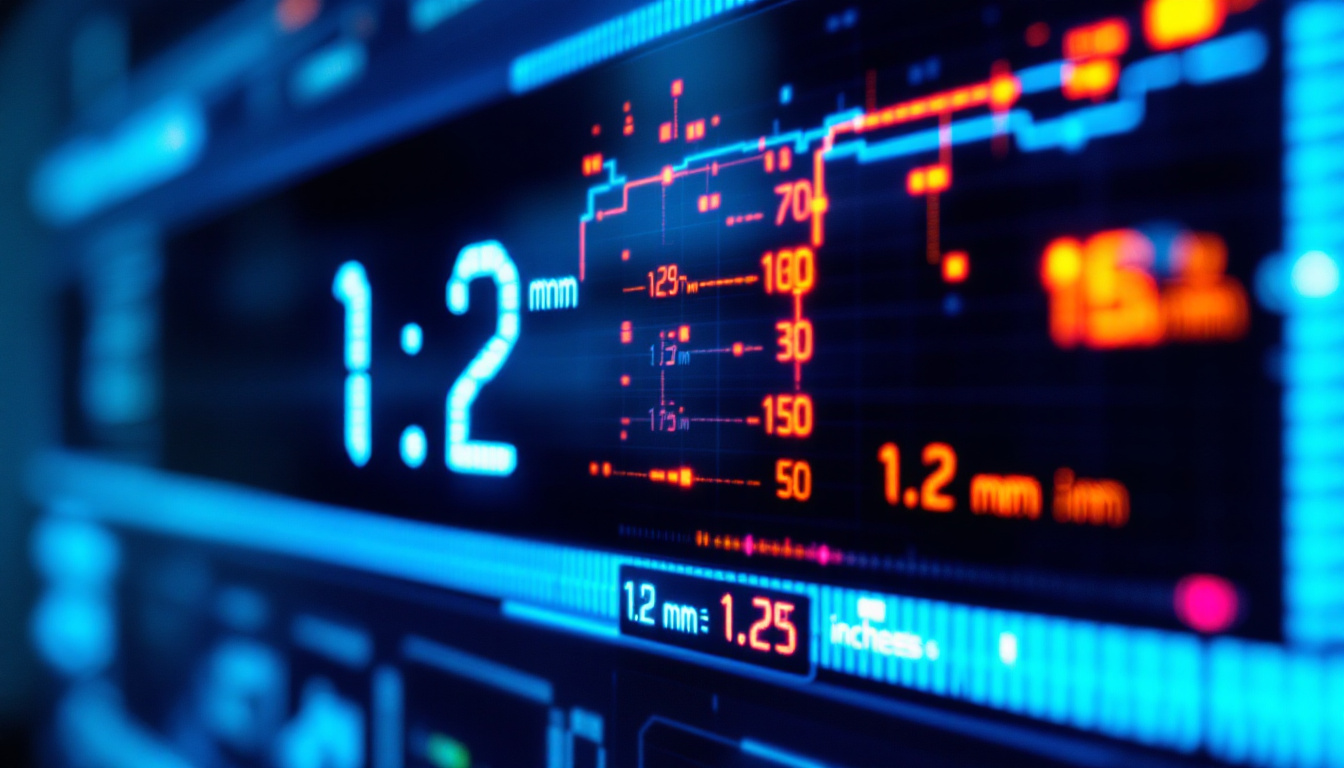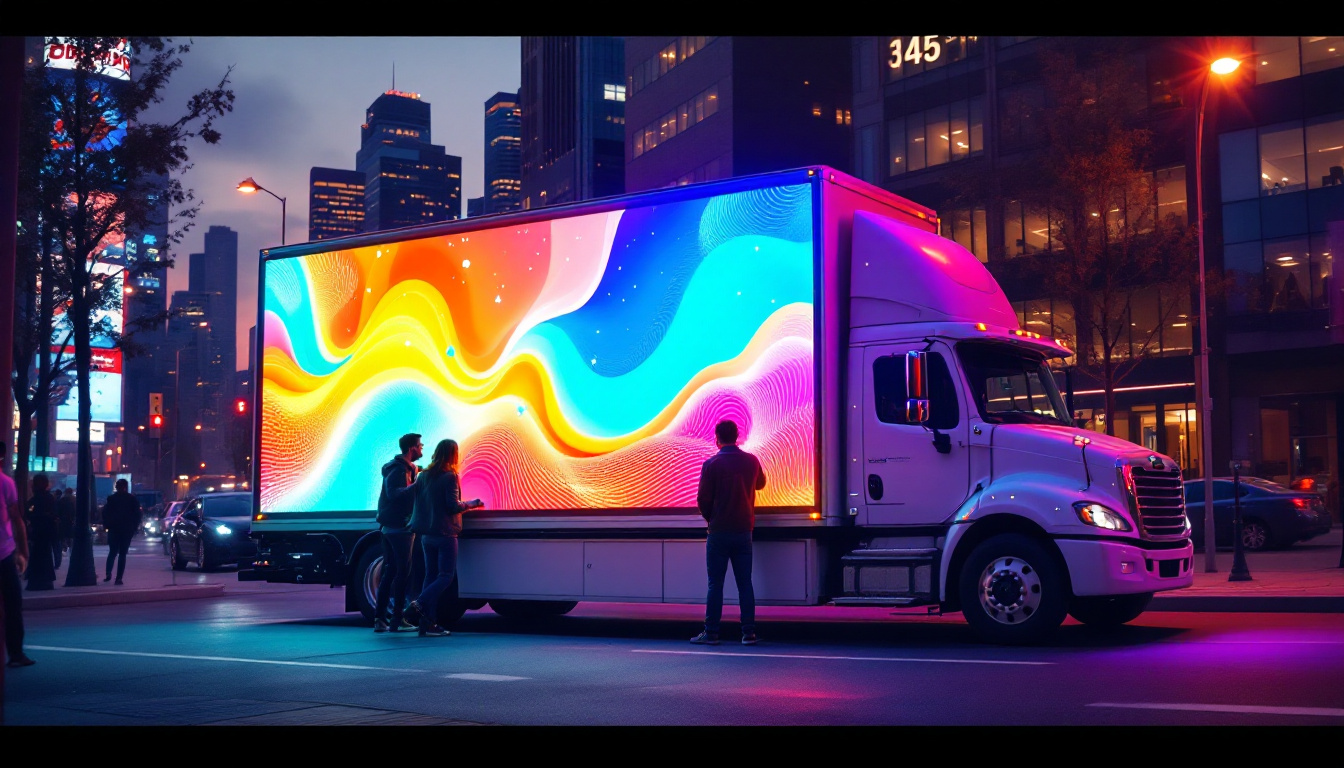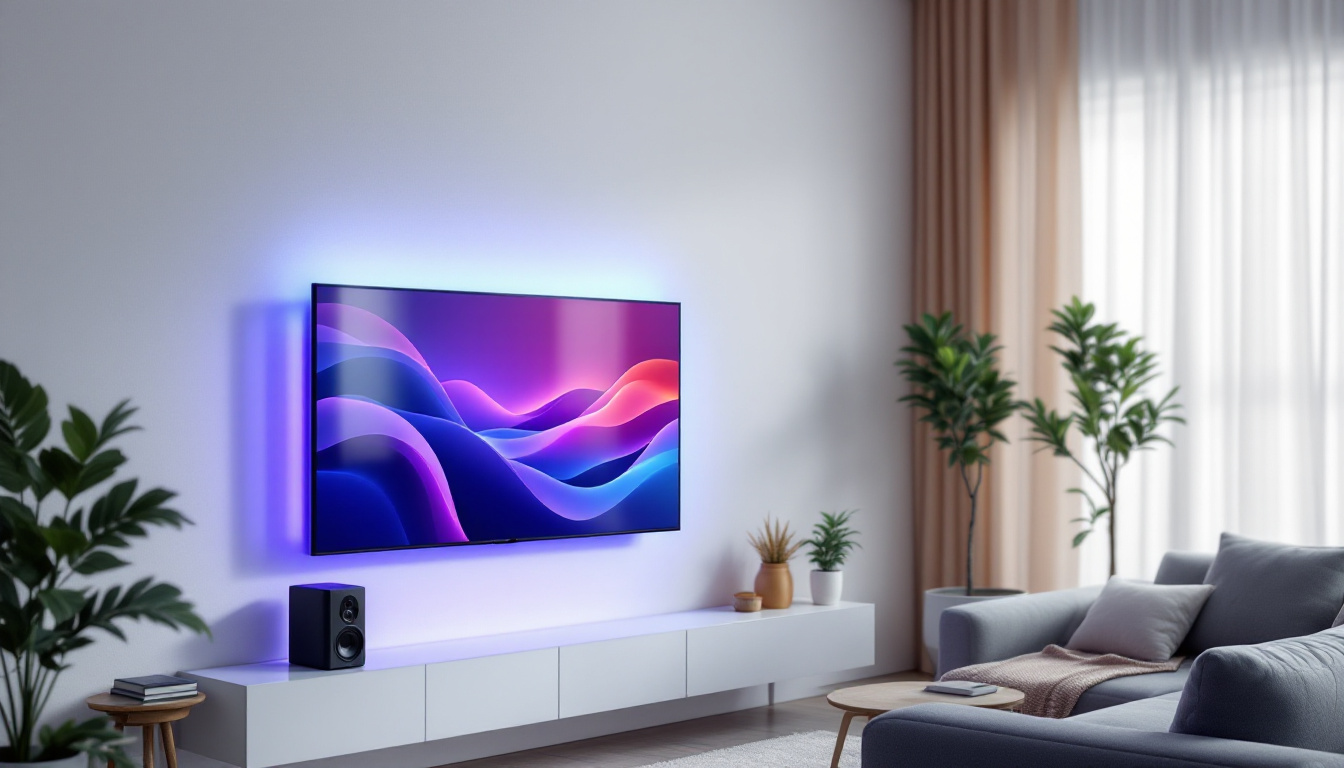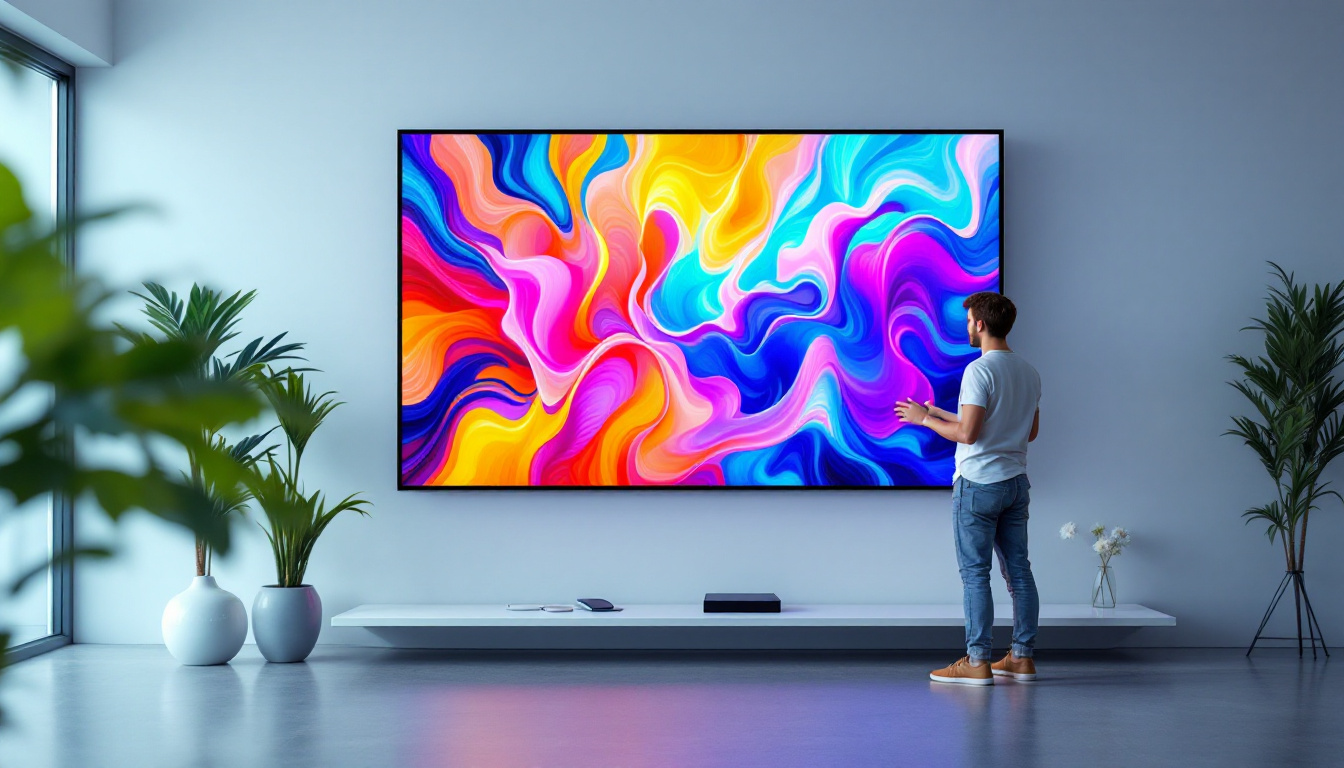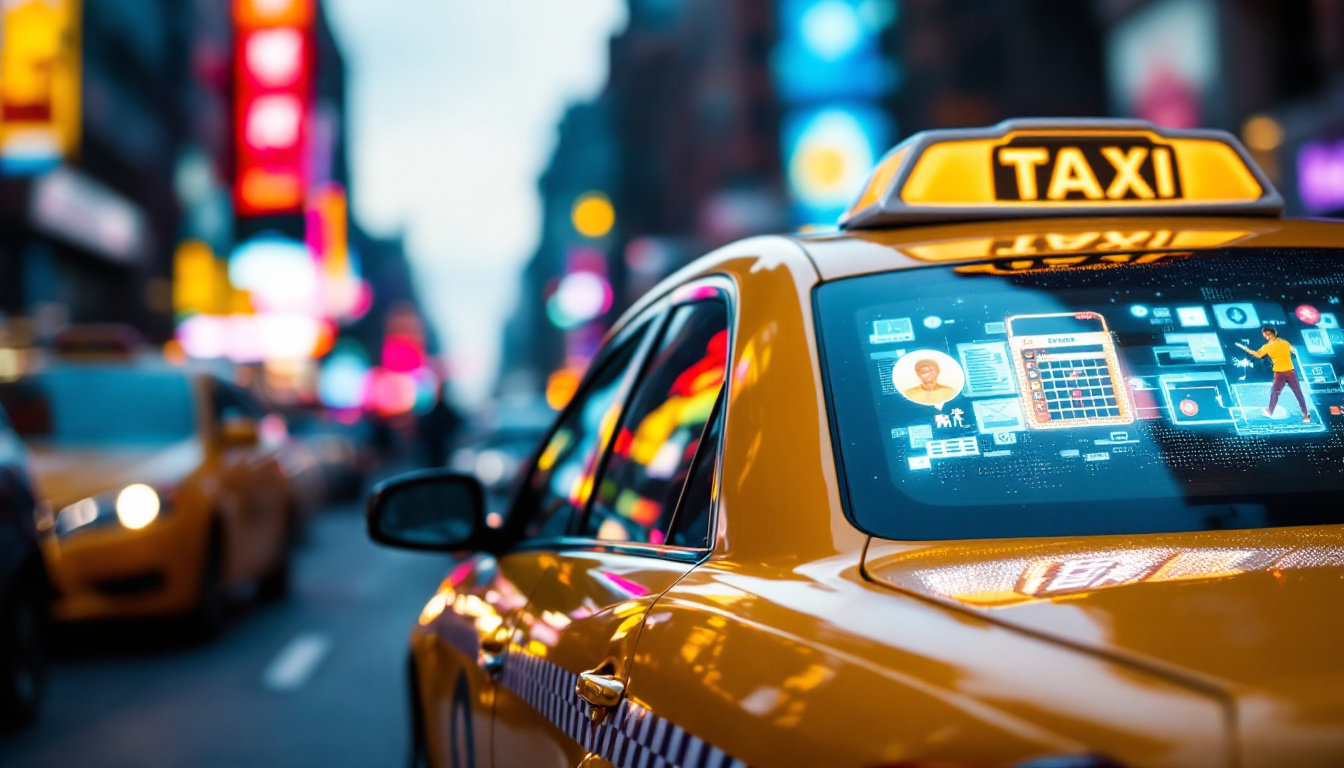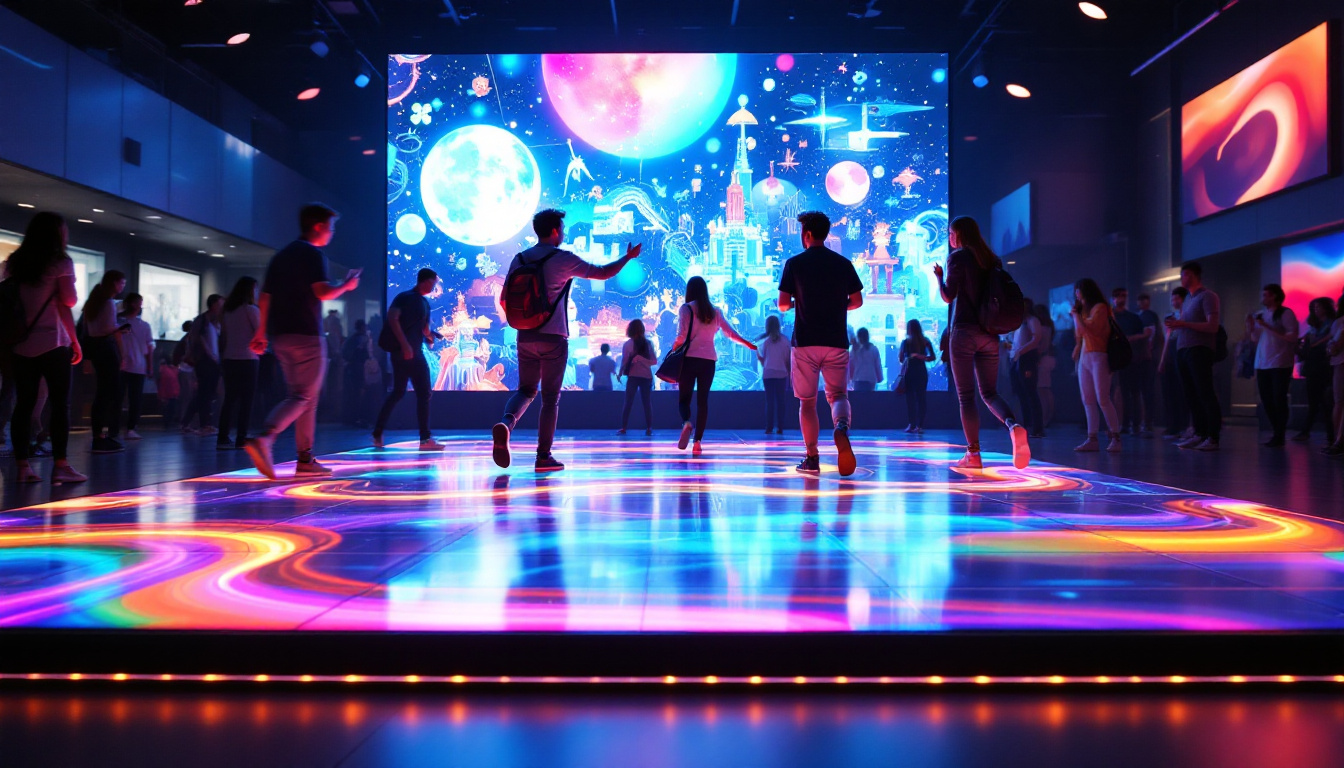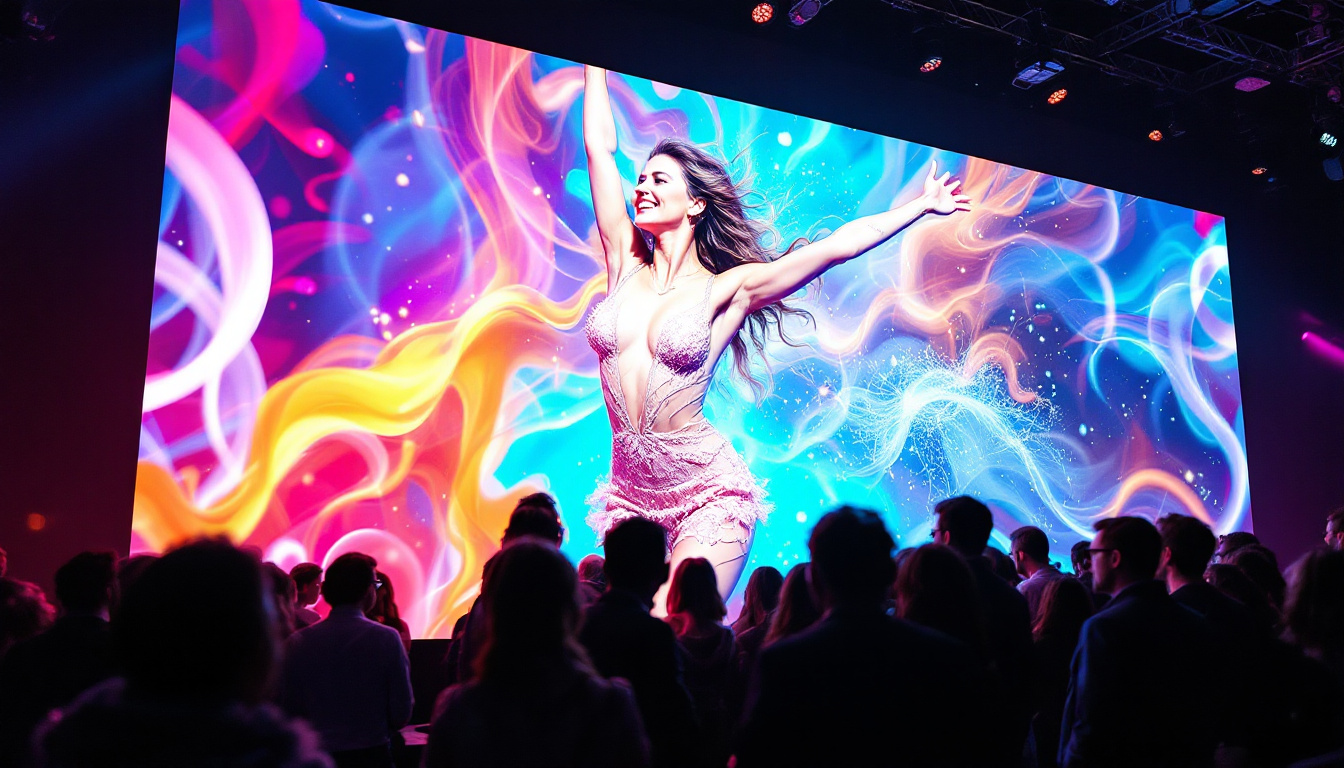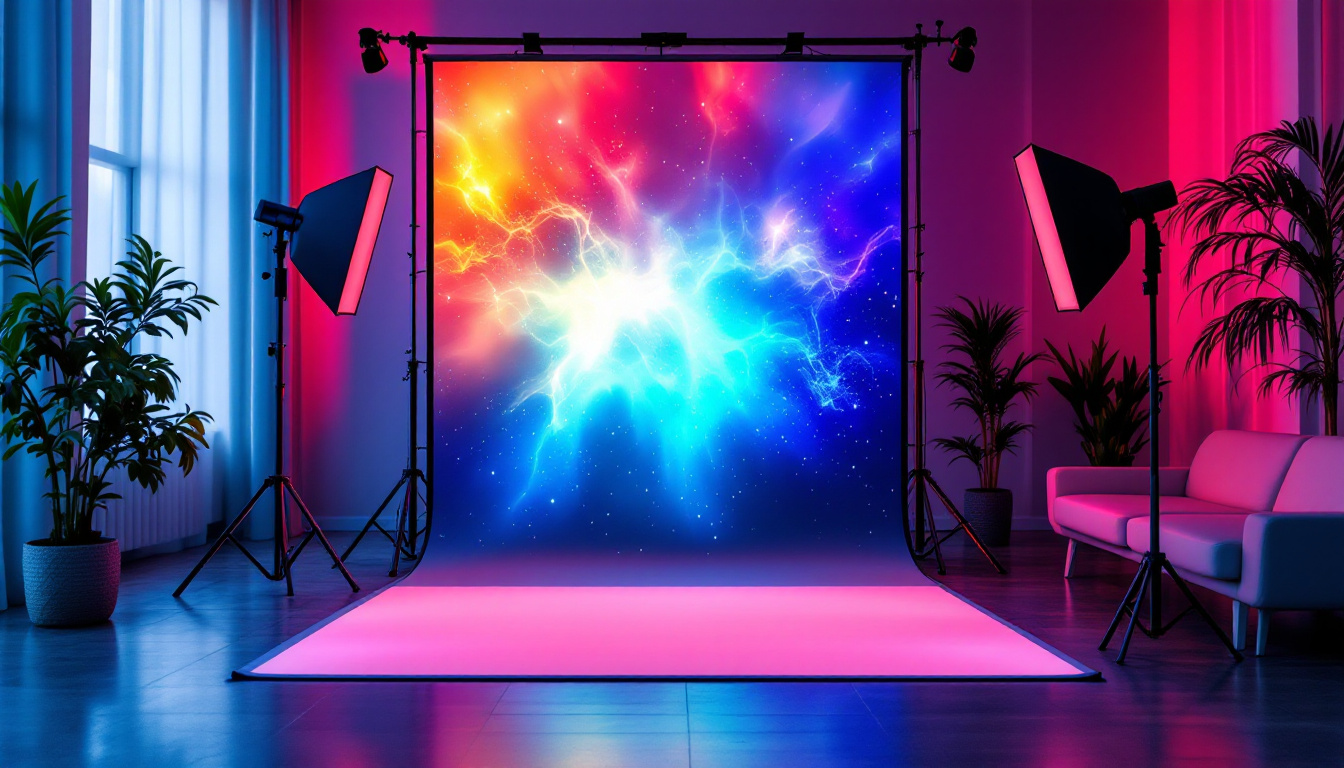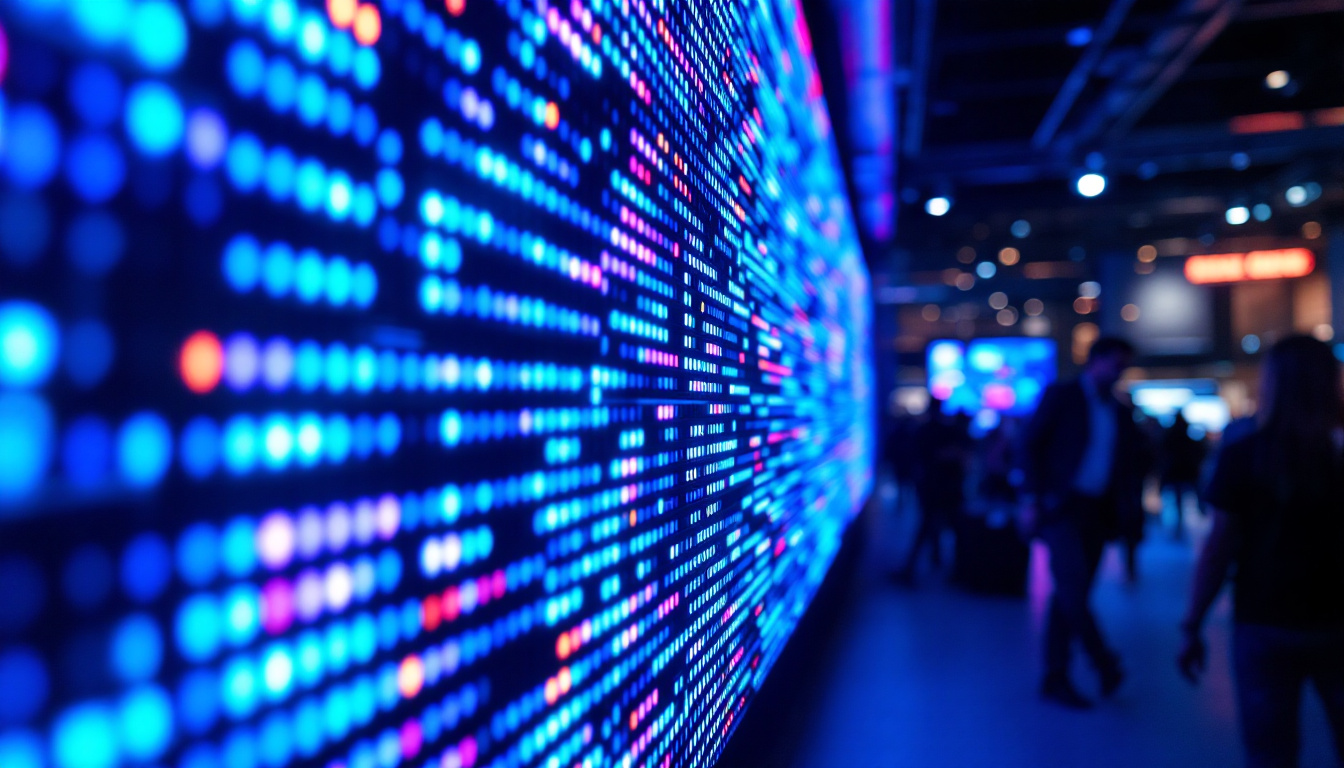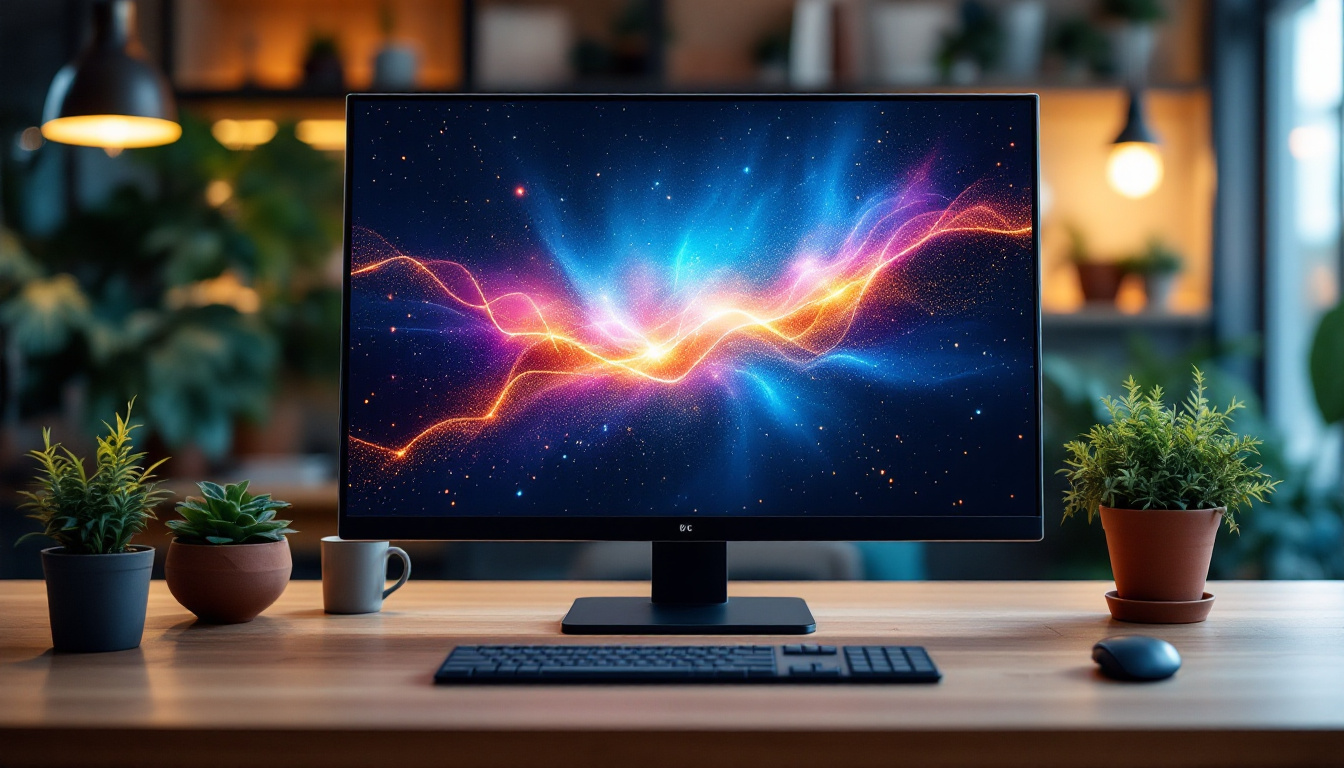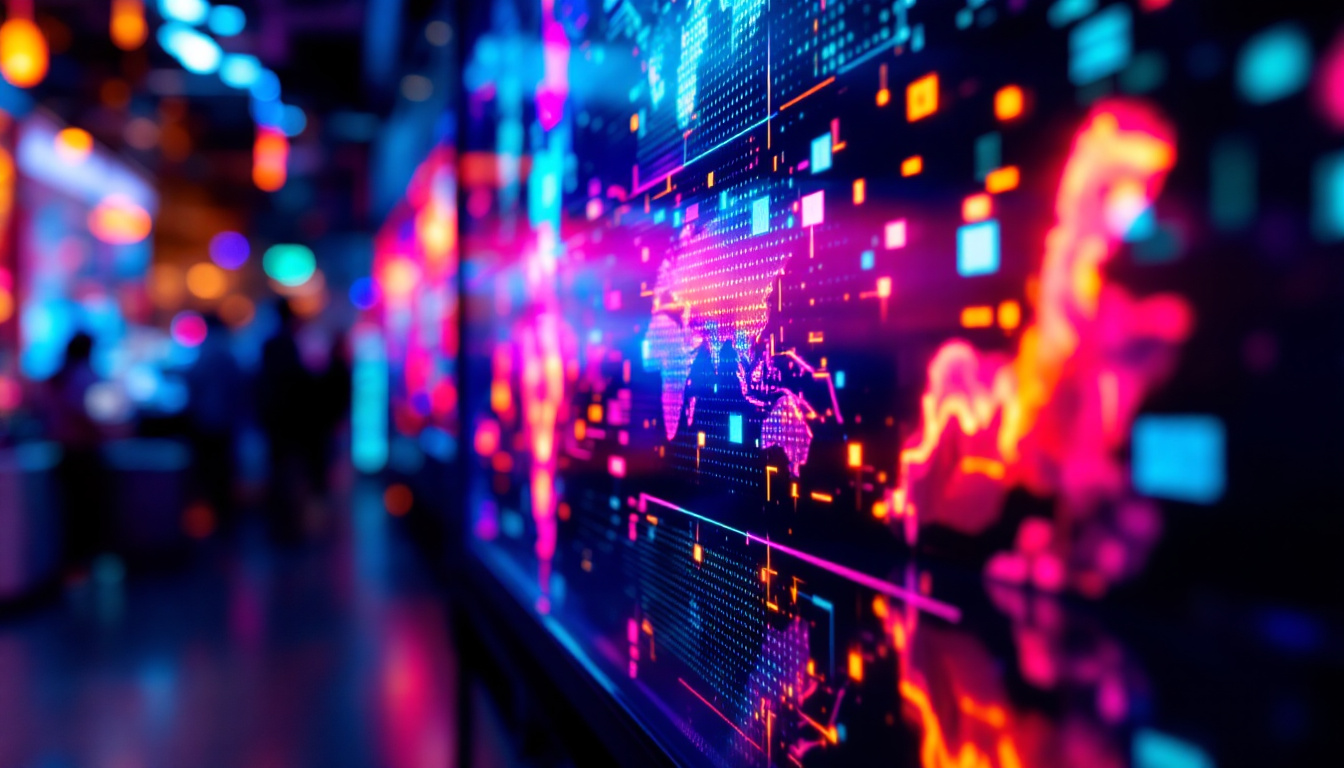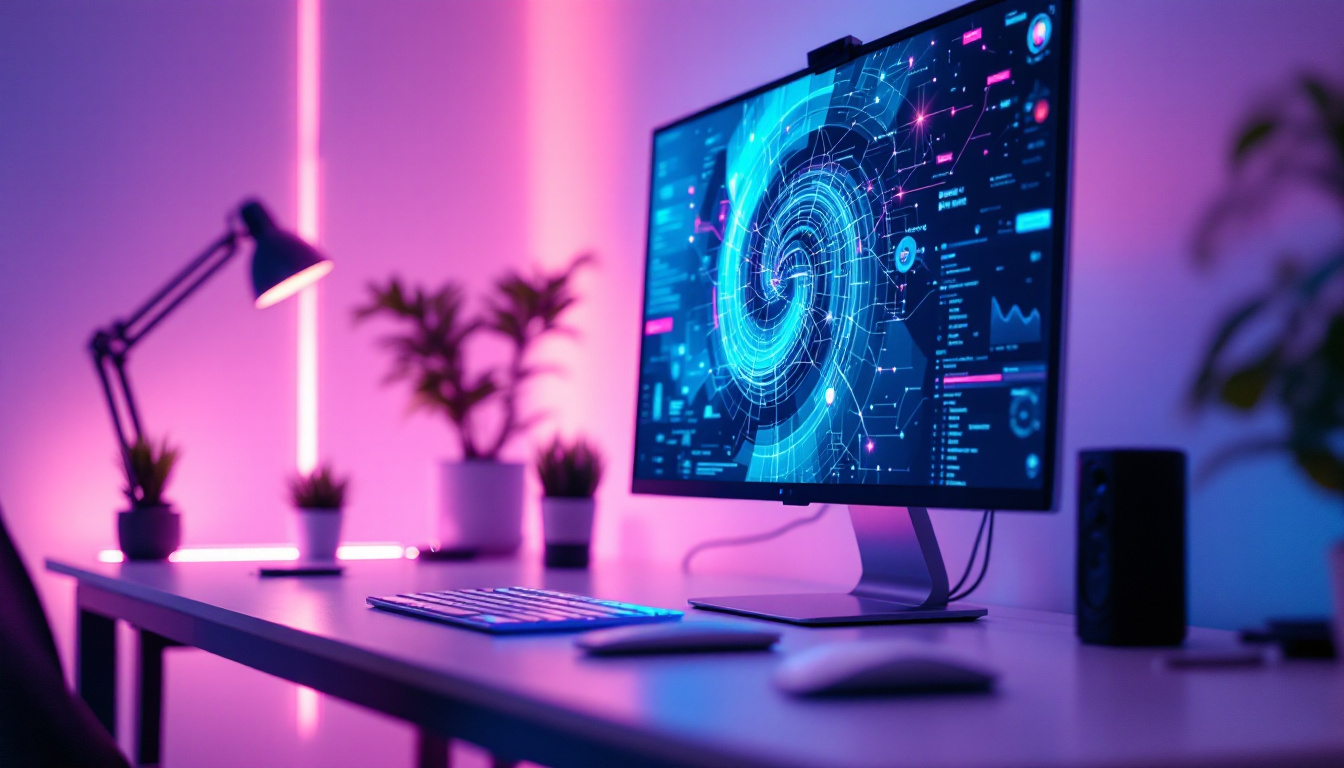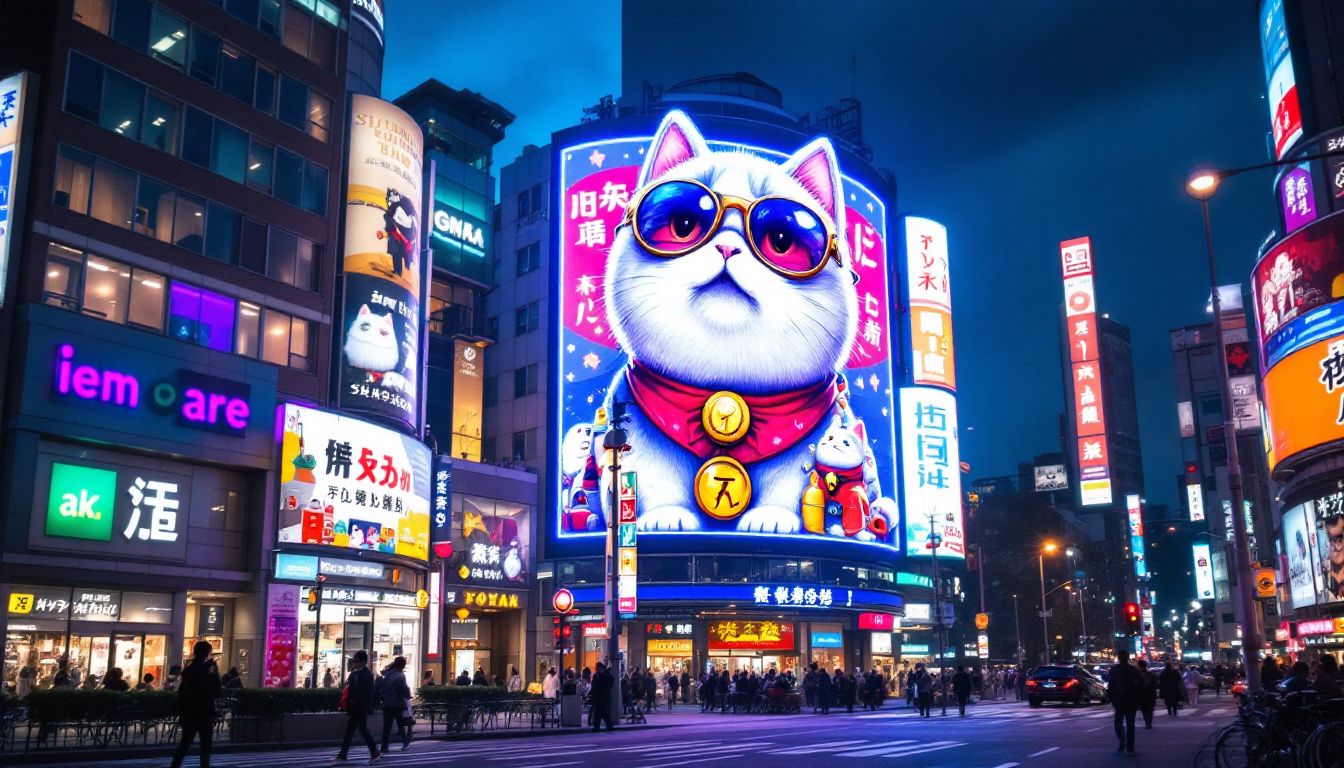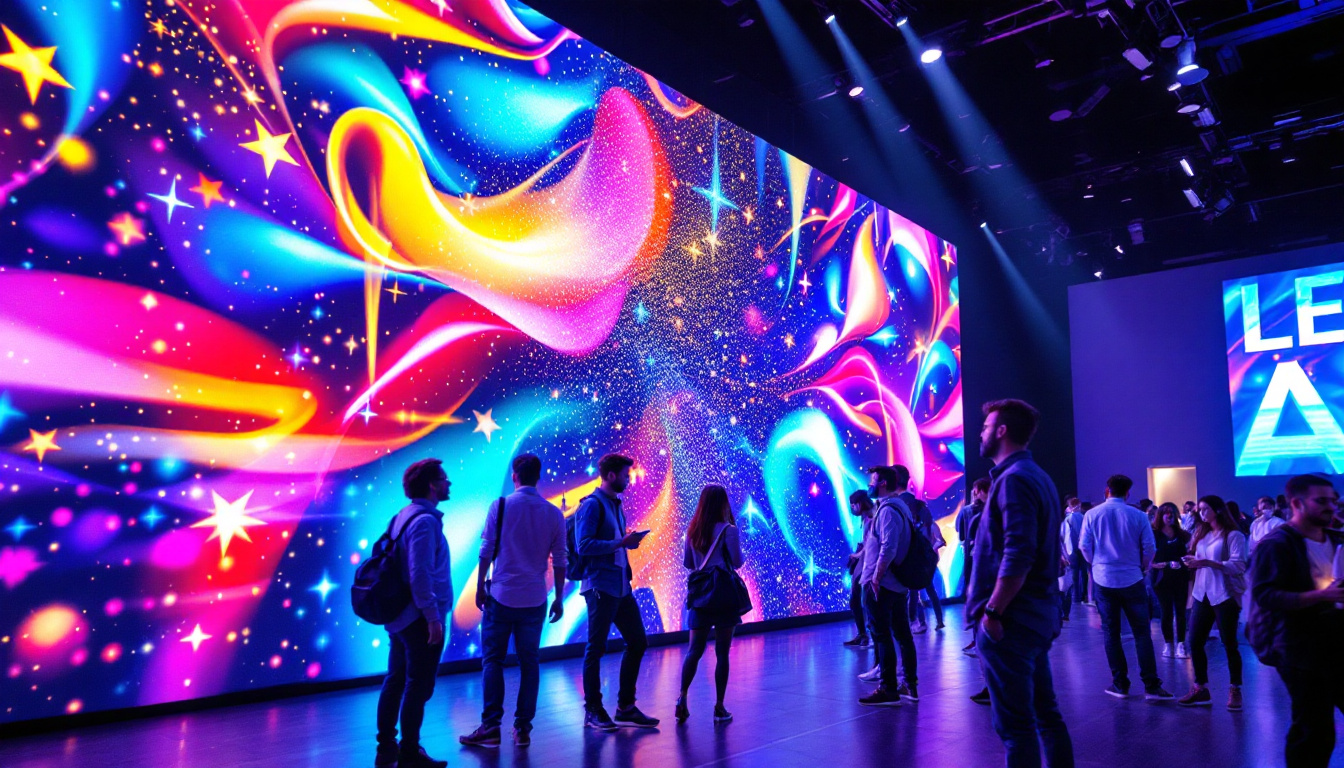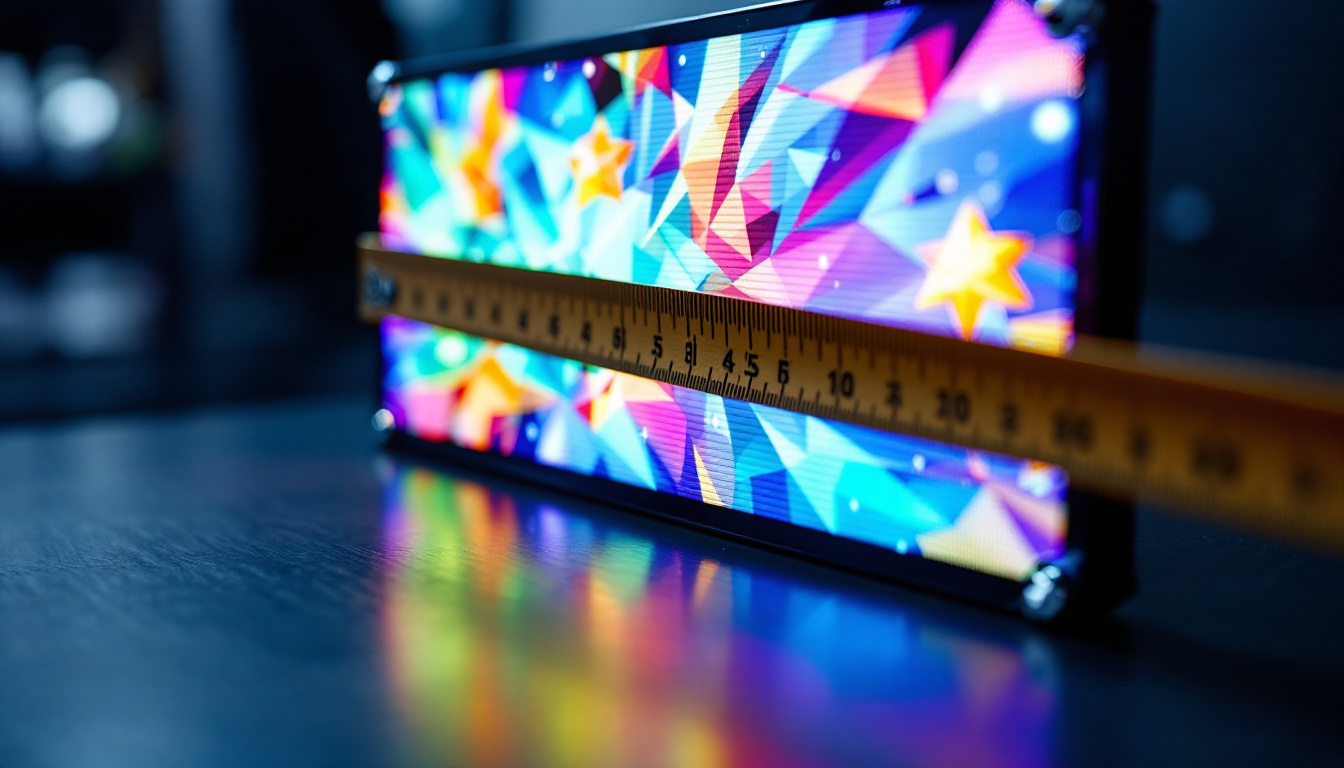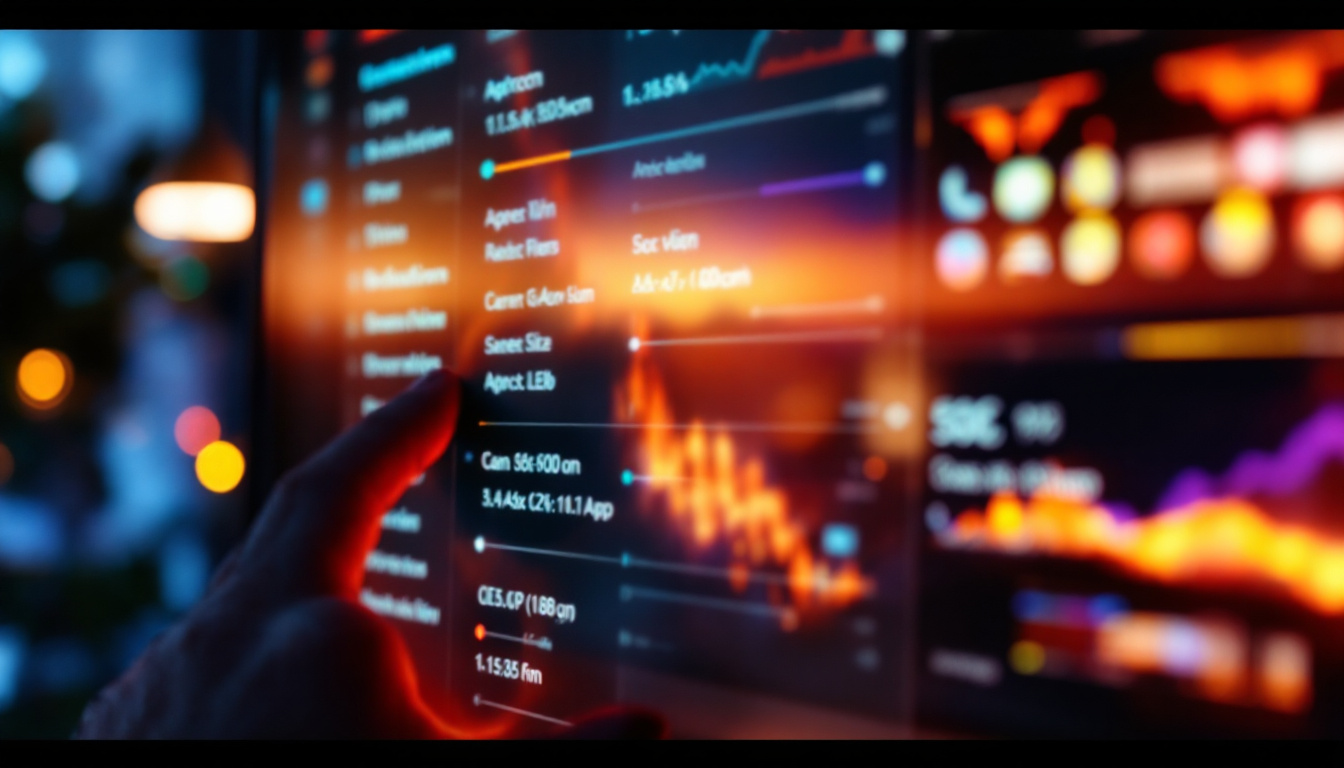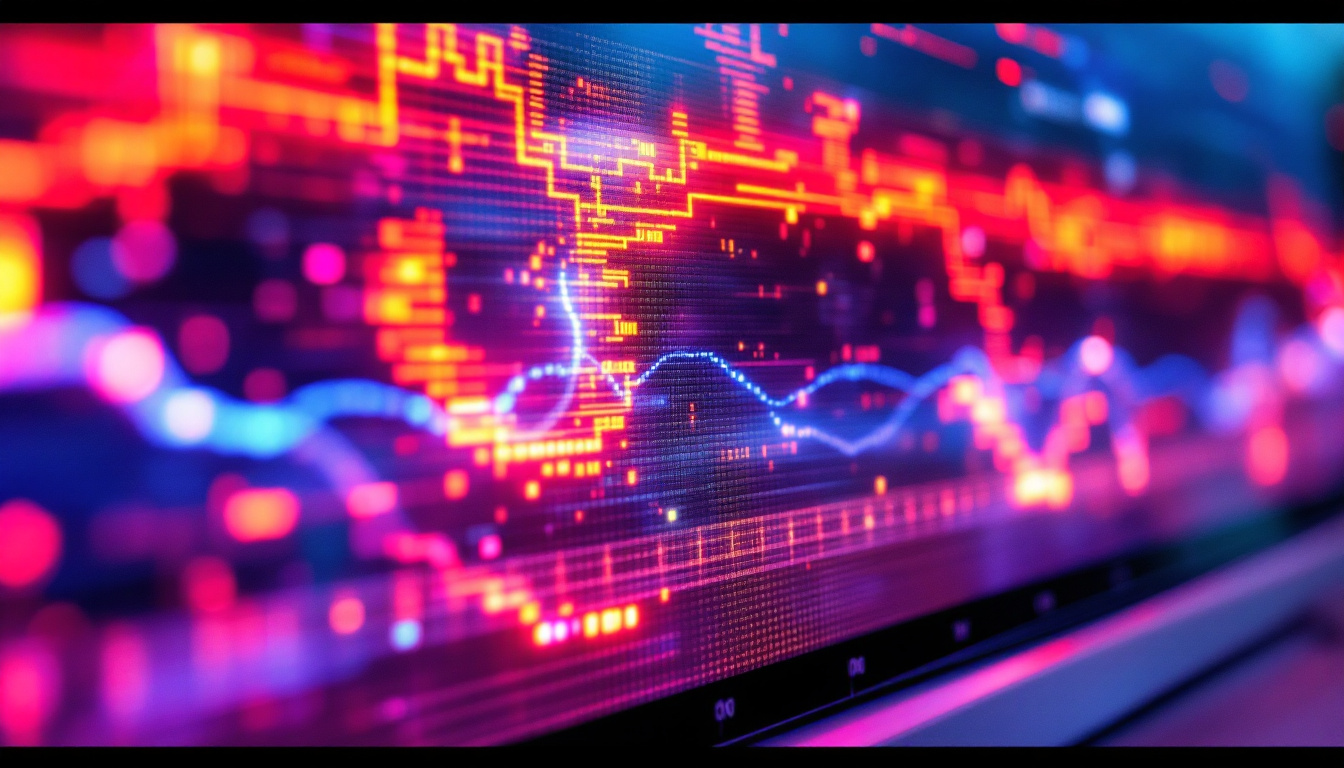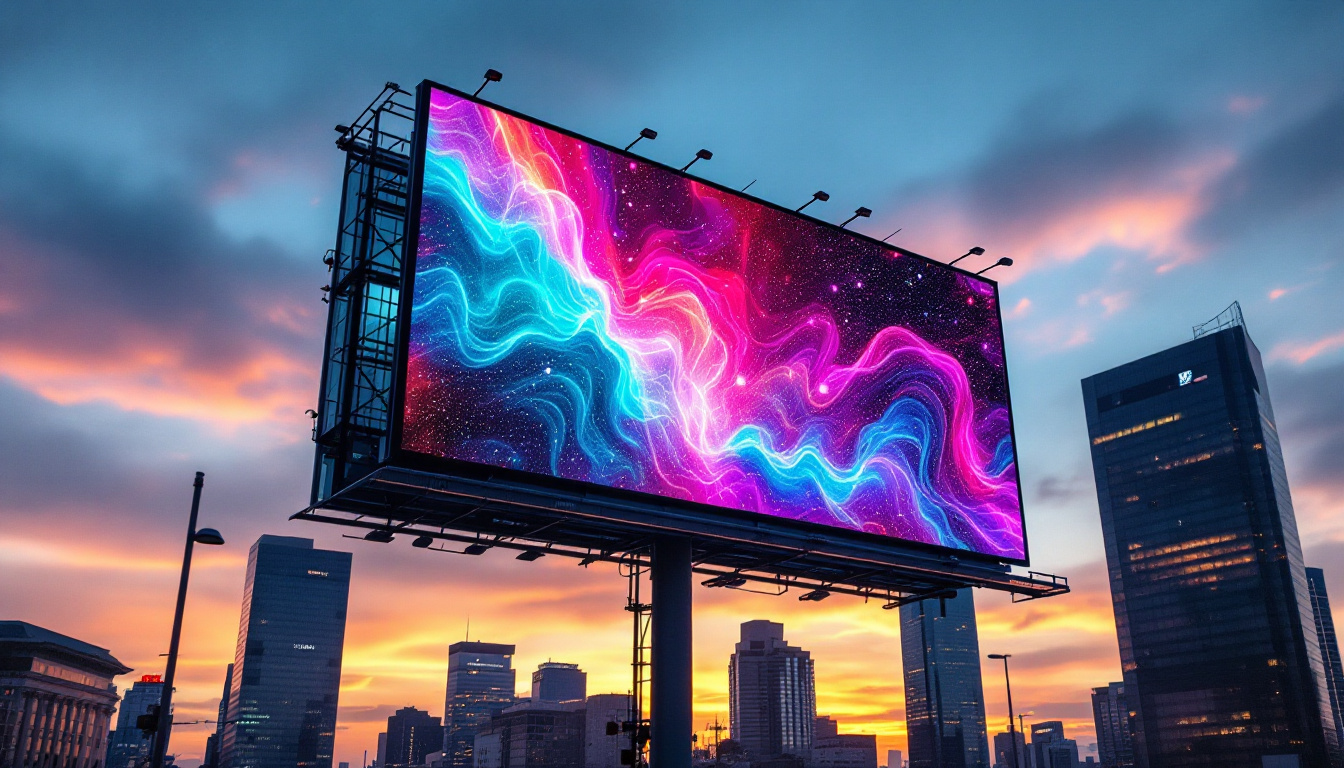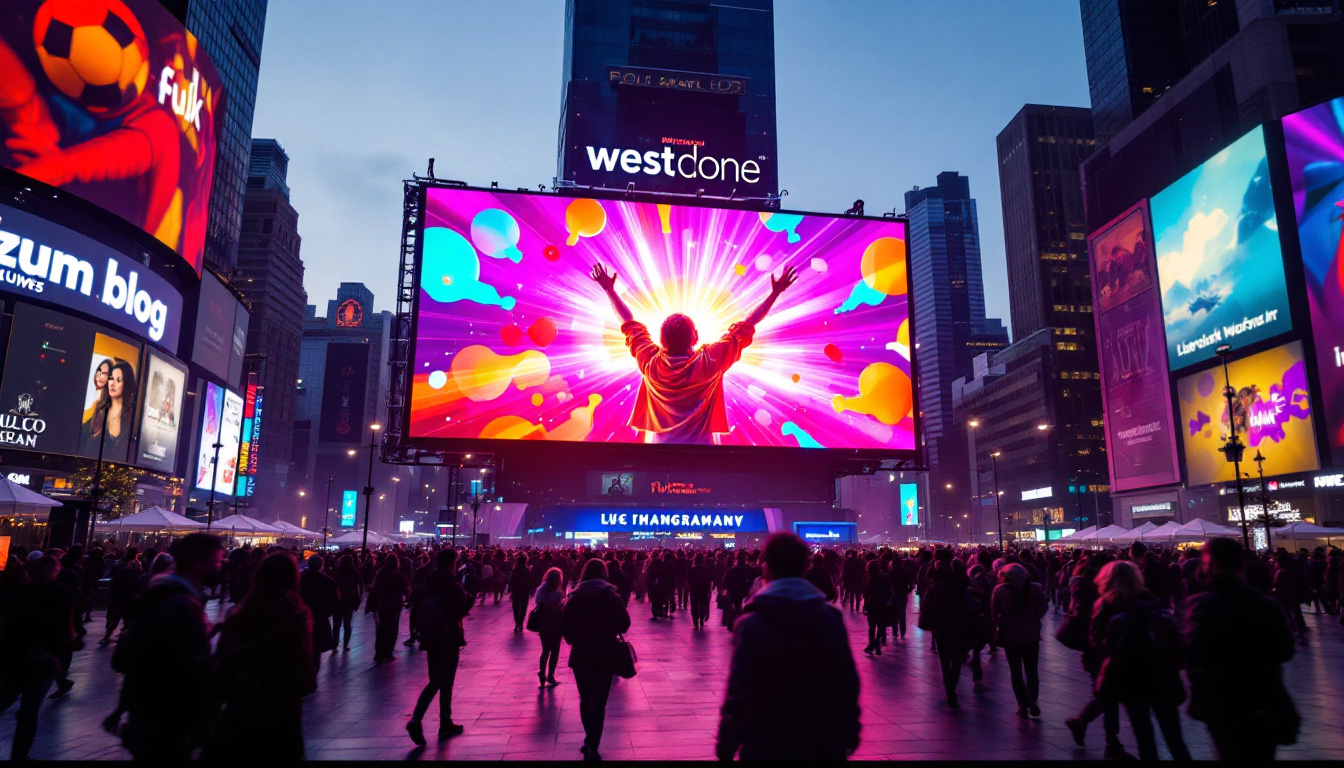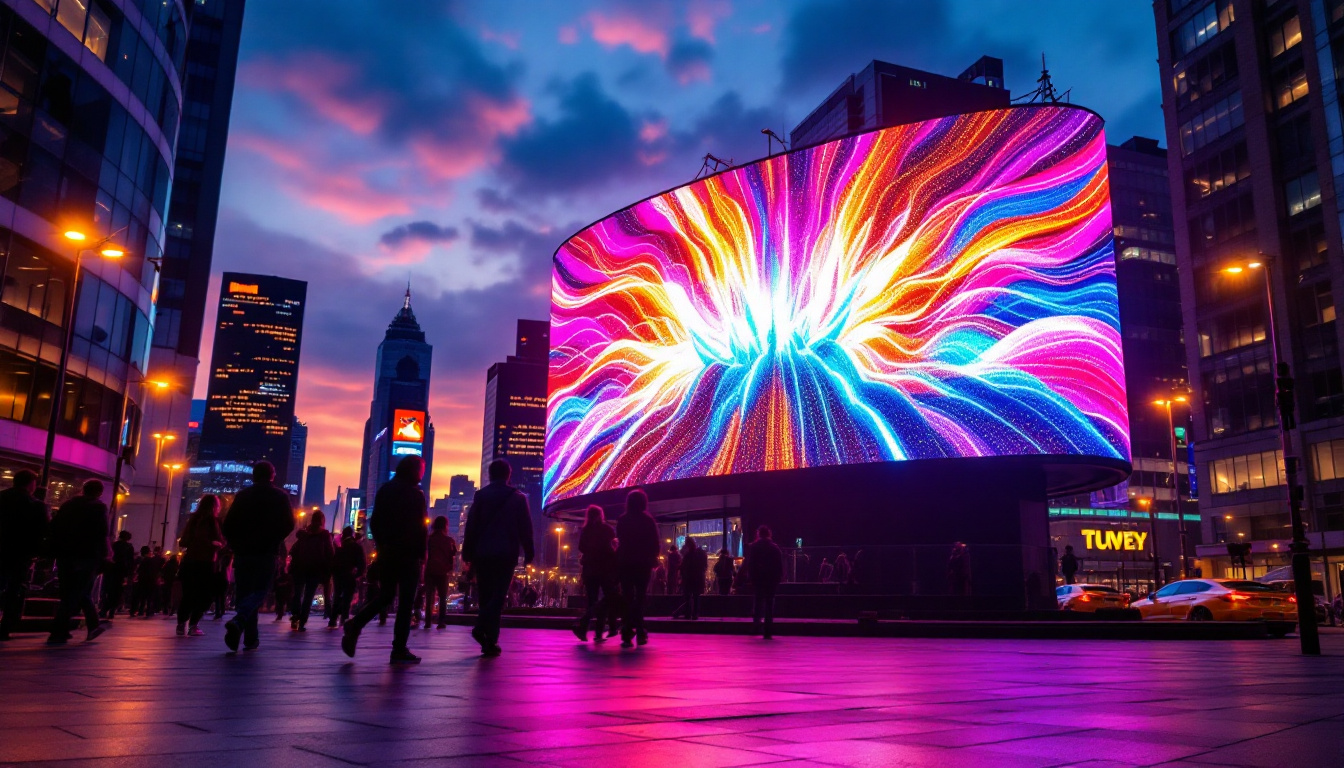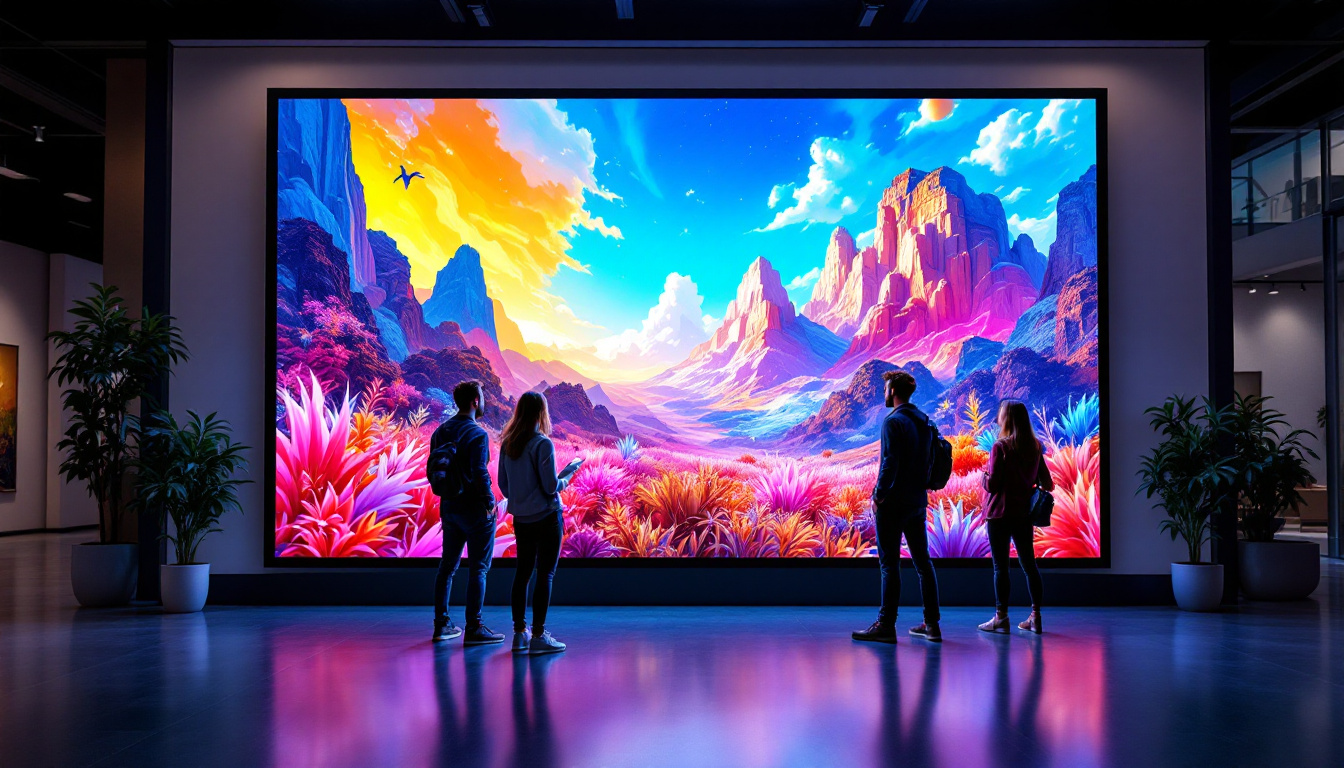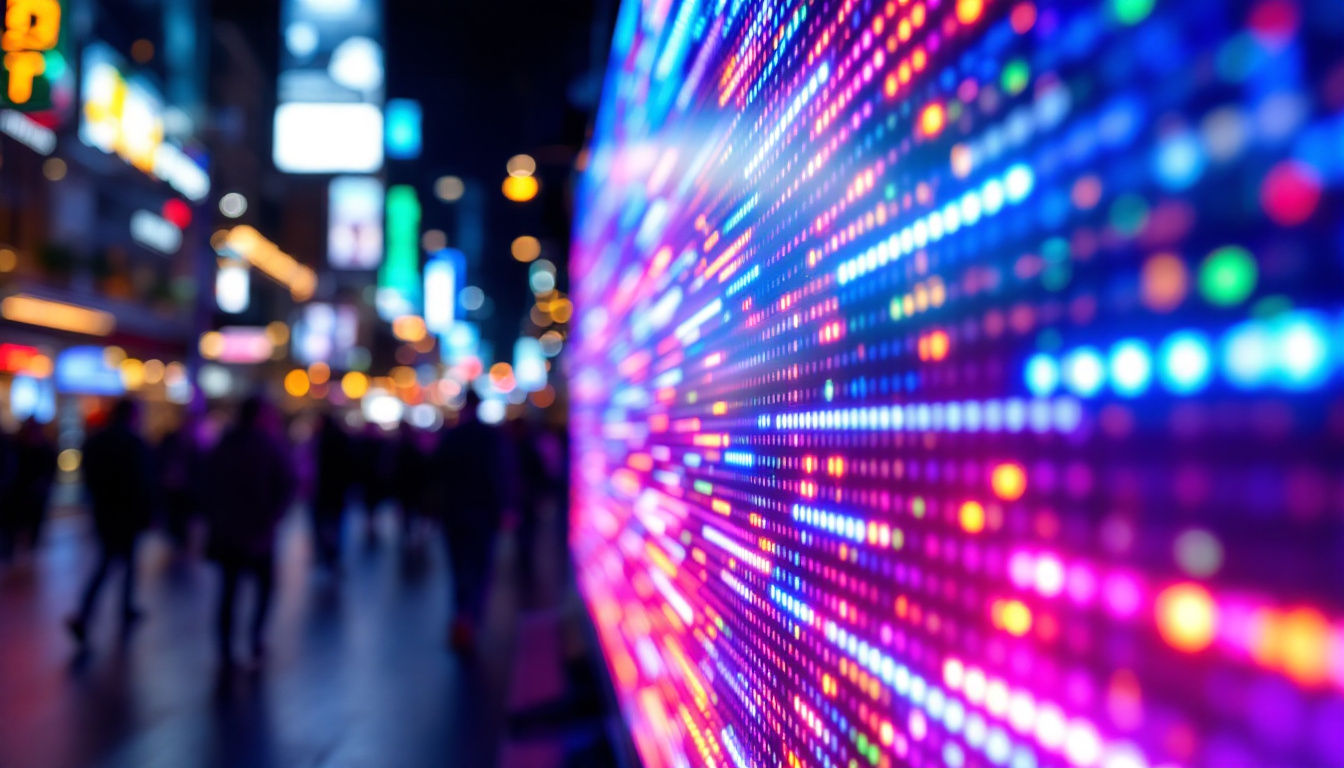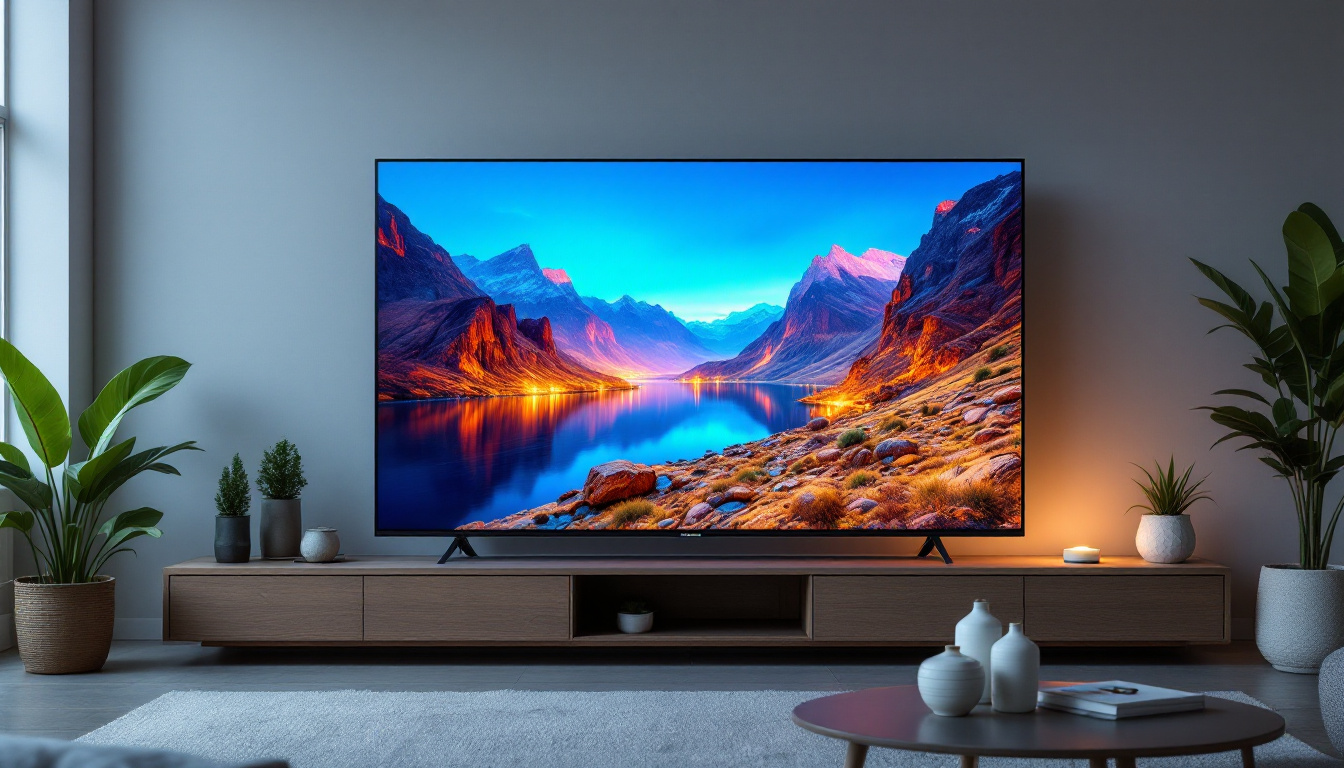In the vibrant city of Austin, Texas, the demand for innovative display solutions has surged, particularly in the realm of LED technology. LED displays have transformed the way businesses communicate, entertain, and engage with their audiences. This article delves into the intricacies of LED displays, focusing on their functionality, applications, and the unique offerings of Austin Custom Screens.
Understanding LED Technology
LED, or Light Emitting Diode, is a semiconductor device that emits light when an electric current passes through it. This technology has evolved significantly over the years, leading to the creation of high-quality, energy-efficient displays that are now ubiquitous in various settings. Originally developed in the early 1960s, LED technology has undergone remarkable advancements, transitioning from simple indicator lights to sophisticated displays capable of rendering high-definition images and videos. As a result, LEDs have become a cornerstone of modern lighting and display solutions, influencing everything from home entertainment systems to large-scale advertising installations.
How LED Displays Work
At the core of an LED display are numerous tiny diodes that produce light. These diodes are arranged in a grid format, and each one can be individually controlled to create a wide spectrum of colors. When combined, they can produce vivid images and videos that are both captivating and clear, even in bright sunlight. The technology behind LED displays leverages the principles of electroluminescence, where the movement of electrons within the semiconductor material generates photons, or light particles. This process allows for incredibly efficient light production, consuming significantly less power compared to traditional incandescent bulbs.
The operation of an LED display involves a series of complex processes, including signal processing, color mixing, and pixel control. The result is a dynamic visual experience that can be tailored to meet specific needs, whether for advertising, entertainment, or information dissemination. Advanced algorithms and software are employed to manage the intricate interplay of colors and brightness levels, ensuring that images remain sharp and vibrant across various viewing conditions. Moreover, with the advent of smart technology, many LED displays can now connect to the internet, enabling real-time updates and interactive features that enhance user engagement.
Types of LED Displays
LED displays come in various forms, each designed for specific applications. The most common types include:
- Indoor LED Displays: These are typically used in venues such as theaters, conference rooms, and retail spaces. They offer high resolution and vibrant colors, making them ideal for close viewing. Indoor displays often utilize fine-pitch technology, allowing for greater pixel density and sharper images, which is crucial for presentations and advertisements where detail is paramount.
- Outdoor LED Displays: Built to withstand the elements, outdoor displays are larger and designed for visibility from a distance. They are commonly used for billboards, sports arenas, and public events. These displays are engineered with robust materials that resist water, dust, and UV radiation, ensuring longevity and sustained performance even in harsh weather conditions. Additionally, outdoor LED displays often feature higher brightness levels to combat sunlight glare, ensuring that the content remains legible at all times.
- Transparent LED Displays: A newer innovation, these displays allow light to pass through while still providing visual content. They are often used in storefronts and exhibitions. The design of transparent LED displays opens up new possibilities for creative advertising and information sharing, as they can blend seamlessly into architectural elements without obstructing natural light. This feature not only enhances aesthetic appeal but also allows for interactive experiences where consumers can engage with content without losing sight of the surroundings.
The Advantages of LED Displays
LED displays offer numerous benefits that make them a preferred choice for businesses and organizations looking to enhance their visibility and engagement. Here are some key advantages:
Energy Efficiency
One of the most significant advantages of LED technology is its energy efficiency. LED displays consume considerably less power compared to traditional display technologies, such as LCD or projection systems. This not only reduces operational costs but also contributes to a smaller carbon footprint, making them an environmentally friendly option. Furthermore, the lower energy consumption translates into less heat generation, which can help maintain a more stable operating environment, reducing the need for additional cooling systems in commercial spaces.
Longevity and Durability
LED displays are known for their long lifespan, often exceeding 100,000 hours of use. This durability means that businesses can invest in LED technology without the frequent need for replacements or repairs. Additionally, many LED displays are designed to withstand harsh weather conditions, making them suitable for outdoor applications. Their robust construction also makes them resistant to shocks and vibrations, ensuring that they can perform reliably in busy environments such as shopping malls, stadiums, and concert venues. This resilience not only enhances the return on investment for businesses but also allows for greater flexibility in display placement, whether indoors or outdoors.
High Brightness and Visibility
Another compelling advantage of LED displays is their high brightness levels, which ensure excellent visibility even in direct sunlight. This characteristic is particularly beneficial for outdoor advertising and public information displays, where clear visibility is crucial for capturing the attention of passersby. The vibrant color reproduction and contrast ratios of LED technology further enhance the visual appeal, making content more engaging and effective in communicating messages. Additionally, with advancements in LED technology, displays can now offer dynamic content capabilities, allowing businesses to update their messaging in real-time, which is invaluable for promotions, event announcements, or emergency notifications.
Versatile Applications
LED displays are incredibly versatile, finding applications across various industries, from retail to transportation and entertainment. Their modular design allows for creative configurations, enabling businesses to create unique shapes and sizes tailored to their specific needs. For example, in retail environments, LED screens can be integrated into store fixtures or used as interactive displays to enhance customer experiences. In the transportation sector, LED displays serve as vital information boards at airports and train stations, providing real-time updates to travelers. This adaptability not only maximizes the utility of the displays but also allows organizations to stay ahead in a competitive landscape by leveraging cutting-edge technology to engage their audiences effectively.
Applications of LED Displays
The versatility of LED displays allows them to be used in a wide range of applications, catering to various industries and sectors. Here are some of the most common uses:
Advertising and Marketing
In the realm of advertising, LED displays have become a powerful tool for brands looking to capture consumer attention. Dynamic content, such as videos and animations, can be displayed in real-time, making advertisements more engaging and effective. Businesses can easily update their content remotely, allowing for timely promotions and announcements.
Entertainment and Events
LED displays are a staple in the entertainment industry, used in concerts, festivals, and sporting events. They provide stunning visuals that enhance the overall experience for attendees. From large-scale outdoor screens to intricate stage designs, LED technology plays a crucial role in modern entertainment.
Information and Wayfinding
Many organizations utilize LED displays for informational purposes. Airports, train stations, and public transit systems often employ LED screens to provide real-time updates on schedules and directions. This not only improves the flow of information but also enhances the overall user experience.
Austin Custom Screens: Your Local LED Solution
Austin Custom Screens stands out as a leader in the LED display market, offering tailored solutions to meet the unique needs of businesses in the Austin area. With a commitment to quality and innovation, they provide a range of products and services designed to enhance visibility and engagement.
Custom Design and Installation
One of the key offerings from Austin Custom Screens is their ability to create custom LED displays that fit specific requirements. Whether it’s a unique size, shape, or installation location, their team of experts works closely with clients to design a display that meets their needs. This personalized approach ensures that each display is not only functional but also visually appealing.
Comprehensive Support Services
Austin Custom Screens doesn’t just stop at installation. They offer comprehensive support services, including maintenance and troubleshooting, to ensure that displays operate smoothly over time. This commitment to customer service sets them apart in a competitive market.
Choosing the Right LED Display
When selecting an LED display, several factors must be considered to ensure the right fit for the intended application. Here are some key considerations:
Resolution and Pixel Pitch
The resolution of an LED display is determined by its pixel pitch, which refers to the distance between individual pixels. A smaller pixel pitch results in a higher resolution and clearer images, making it ideal for indoor applications where viewers are closer to the screen. Conversely, larger pixel pitches are suitable for outdoor displays viewed from a distance.
Brightness and Visibility
Brightness is another critical factor, particularly for outdoor LED displays. The brightness level, measured in nits, should be sufficient to ensure visibility even in direct sunlight. Indoor displays, while still requiring adequate brightness, can often operate at lower levels due to controlled lighting conditions.
Future Trends in LED Technology
The LED display industry is continually evolving, with new technologies and trends emerging regularly. Some of the most exciting developments include:
Smart LED Displays
As technology advances, so too do LED displays. Smart LED displays equipped with sensors and connectivity features are becoming increasingly popular. These displays can adapt to their environment, adjusting brightness based on ambient light and even integrating with other smart systems for enhanced functionality.
Increased Customization
Customization is a growing trend in the LED display market. Businesses are looking for unique solutions that reflect their brand identity. Manufacturers are responding by offering more customizable options, from shapes and sizes to content management systems that allow for easy updates and changes.
Conclusion
LED displays have revolutionized the way businesses communicate and engage with their audiences. With their energy efficiency, durability, and versatility, they have become an essential tool in various industries. Austin Custom Screens stands at the forefront of this technology, providing tailored solutions that meet the unique needs of businesses in the Austin area.
As the demand for innovative display solutions continues to grow, understanding the intricacies of LED technology will be crucial for businesses looking to stay ahead of the curve. Whether for advertising, entertainment, or information dissemination, LED displays offer a dynamic way to capture attention and convey messages effectively.
For those considering an investment in LED technology, partnering with a knowledgeable provider like Austin Custom Screens can make all the difference. With their expertise and commitment to quality, businesses can ensure that they are making a sound investment in their future.
Illuminate Your Message with LumenMatrix
Ready to elevate your brand’s presence and captivate your audience with unparalleled clarity? Discover the innovative world of LumenMatrix LED display solutions. From the vibrant streets of Austin to the heart of your business, LumenMatrix is committed to revolutionizing visual communication. Explore our extensive range of LED display modules, including Indoor and Outdoor LED Wall Displays, Vehicle LED Displays, and more, each designed to create immersive visual experiences and enhance brand visibility. Check out LumenMatrix LED Display Solutions today and see how we can help you share your message with impact and precision.

